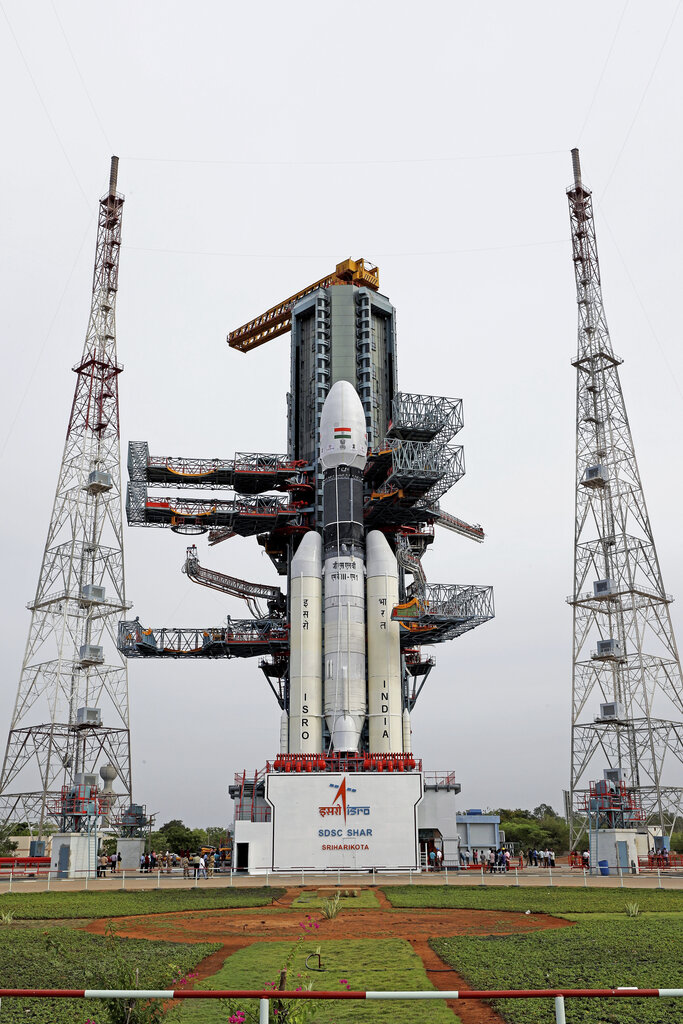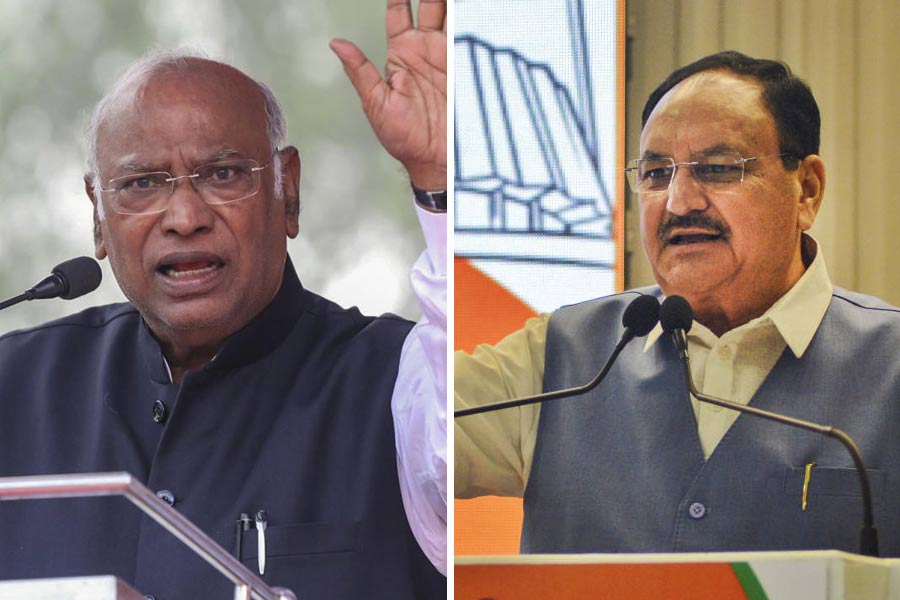The Indian Space Research Organisation said on Thursday that it had rescheduled the launch of the Chandrayaan-2 spacecraft, intended to be India’s first lunar lander, for July 22 after fixing the “technical snag” that had stalled its launch last Monday.
“Chandrayaan-2 is ready to take a billion dreams to the Moon -– now stronger than ever before!” the space agency said in a tweet, announcing the rescheduled launch at 2.43pm on July 22.
The space agency had called off the planned 2.51am launch on July 15 about 56 minutes before the scheduled lift-off after its engineers detected unexpected instrument readings during routine checks.
An expert panel has “identified the root cause of the technical snag and all corrective actions have been implemented”, Isro said. It did not reveal where the snag had occurred or how it was fixed.
The Rs 978-crore Chandrayaan-2 mission is intended to help India become the fourth country to soft-land a spacecraft on the Moon after the former Soviet Union and the US in 1966 and China in 2014.
Chandrayaan-2, made up of an orbiter and a lander with a rover, carries payloads for scientific studies of the Moon.
Under the orbital trajectory planned for the cancelled July 15 launch, Isro engineers had prepared for a Moon landing on September 6 after multiple orbits round the Earth during which they would have tested the spacecraft and gradually raised its orbit higher and higher.
Isro has not said yet when it expects the landing with the rescheduled July 22 launch, but an orbital mechanics specialist said there could be “a sufficient margin” to allow a landing close to September 6.
When Isro engineers detected the snag, Chandrayaan-2 was snug atop the giant rocket -– the Geosynchronous Satellite Launch Vehicle Mark III -– at the Sriharikota spaceport, waiting to be ferried into space.
As part of launch preparations, engineers had filled up the rocket’s cryogenic engine with liquid oxygen and liquid hydrogen -– at extremely cold temperatures -– when they detected the unexpected readings, prompting the decision to delay the launch.
Space technology analysts have speculated that the site of the technical snag was likely the cryogenic engine, among the most complex and challenging components of the rocket.
The home-grown rocket, Isro’s most powerful to date, has already ferried two telecommunication satellites --- GSAT19 in 2017 and GSAT29 in 2018. Analysts say that after successful launches, any “technical snag” that occurs would likely be the result of quality-control issues.
The Chandrayaan-2 lander and rover are expected to probe unexplored territory near the lunar south pole. India’s first lunar mission, Chandrayaan-1, an orbiter spacecraft, had helped detect water molecules on the Moon.











